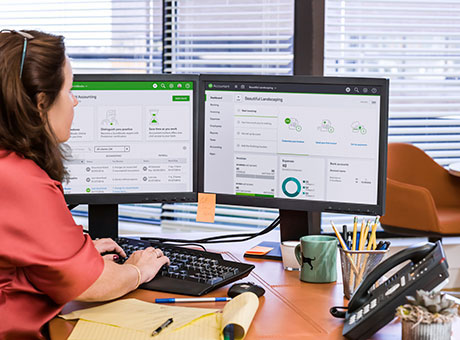Lesson 1: Use the Right Invoicing Format
Regardless if you’re a small business owner, freelancer or in charge of handling invoices for a large corporation, there is a basic format that you should stick to. Typically, it begins with a professional header that contains your contact information. Underneath and on the opposite side of your contact information, you want to include your client’s contact information in a similar format:
Bayshore Rd Design and Landscaping Services
20 Bayshore Road
Bayshore, PH 56789
example@example.com.ph
You’ll also need to include each detail of your invoice on a separate line:
- Invoice number
- Date prepared
- Payment due date
- Preferred payment option
Invoice Number: How you number your invoices is up to your discretion. For example, you could write the invoice number as “Invoice: 00001.” However, some organizations prefer to organize their invoices by the name of the client. For example, if you have a client named Tony’s Landscaping, the invoice number could be “TL 00001.” No matter how you decide to number your invoices, always use a sequential order, as this makes them easier to track and manage.
Date Prepared: This is simply the day the project was completed and/or the invoice was sent out.
Payment Due Date: The majority of invoicing systems use either a 30-day, 45-day or 60-day time frame. If you have an agreement with your client already in place, then you would simply include that date. If you want to get paid on the 15th of every month, then that would be the due date of the invoice. However, if you expect to be paid immediately, then you want it to state “Due upon receipt.”
Preferred Payment Option: Beneath the due date, you should indicate what method your client should use to submit payment. Do you want to be paid by check, credit card or an online payment gateway like PayPal?
The body of your invoice includes an itemized breakdown of services. This should contain:
- Services: A detailed description of the work you performed.
- Date: This is the date the service was performed or when a product was purchased.
- Quantity: This is either how many hours you worked or how many items you sold.
- Rate: The price you charge for your goods or services.
- Hours: This applies if you’re working hourly.
- Subtotal: The total amount you are charging for goods or services.
You also need to calculate the total, subtotal plus sales tax, delivery fees and any other additional fees. The total should be in bold so it clearly stands out.
Finally, underneath the total, you will need to detail any additional terms and conditions. This could include your return policy, how many days the client has to pay before incurring a late fee, any discounts for early payment, etc.
Having all of this information can prevent delays in payment since the client knows exactly who sent the invoice, how to pay that invoice and is aware of exactly what they are being billed for.






